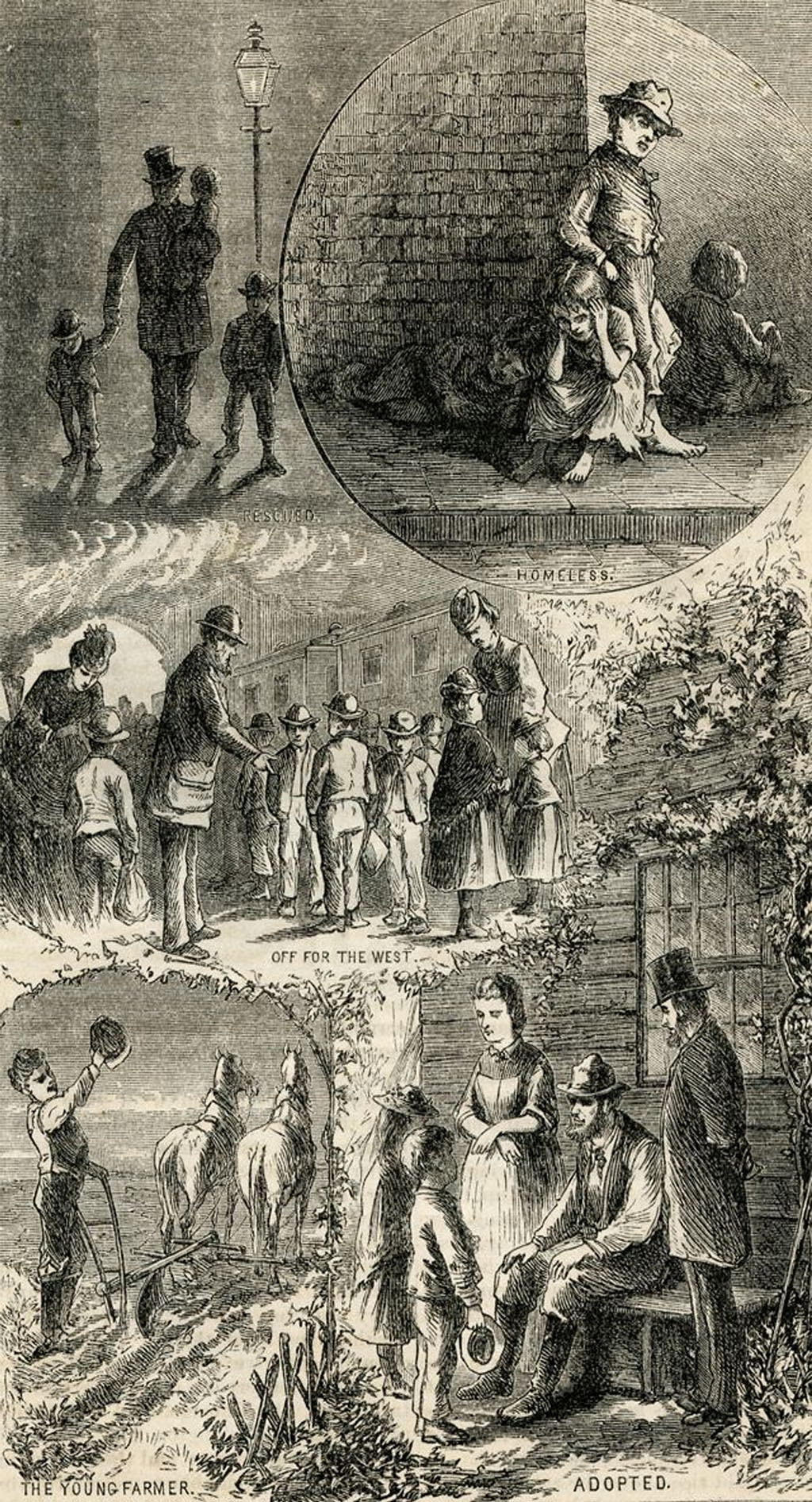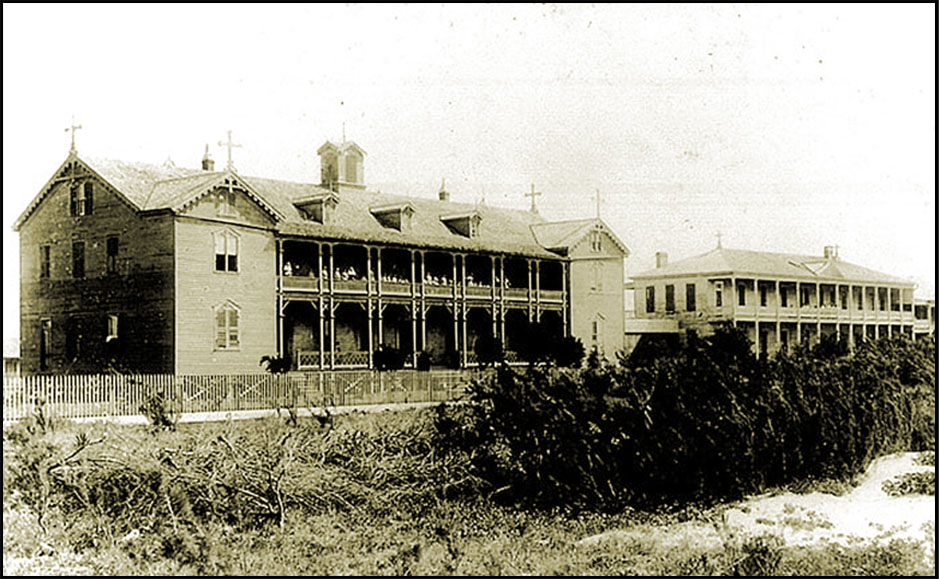
Pictured here is the new orphanage that replaced the Powhatan House, built with money donated by Henry Rosenberg. This photo was taken before the building was damaged in the 1900 Storm.
The Island City Protestant Orphans Asylum
The Powhatan House from 1878 to 1893
The Galveston Children’s Home was founded on October 20, 1878, by Galveston journalist George B. Dealey and Mrs. E. M. Arnold served as its first director. It was formally known as The Island City Protestant and Israelite Orphanage Asylum. They established the institution in a rented house, the Powhatan House, then located at Ave. M 1/2 and 21st Street. The house faced south and resided on the entire city block.
When Galveston businessman and philanthropist Henry Rosenberg died in May of 1893, his last will and testament was made public. To the great surprise of local residents, Mr. Rosenberg left the bulk of his sizable estate to fund various charitable projects around the city. Among these were the construction of a library, a church, a monument honoring veterans of the Texas Revolution, public drinking fountains for both people and animals, and $30,000 to construct a new orphanage.
Orphanages and Orphan Trains
Orphan trains operated between 1854 and 1929, relocating about 200,000 children.
The pre-1900 world was a dangerous place, with crowded cities, hazardous working conditions, poor sanitation, and no effective medicines to fight infection. Life expectancy in 1900 America was 41 years, less than half of what it is today. Often children were orphaned when their parents died in epidemics of typhoid, yellow fever or the flu. Others were abandoned due to poverty, illness, or addiction. Some poor single parents regarded orphanages as places to leave their children until circumstances improved. Many children sold matches, rags, or newspapers to survive. For protection against street violence, they banded together and formed gangs.
Orphanages were considered one of the best methods for caring for dependent children and Galveston was known as a refuge for orphans, having two fully operating homes for parent-less youngsters in a city of just 37,000 people in 1900.
This 1873 Harper’s Weekly engraving illustrates the hopeful outcome for children in the Orphan Train network.
The concept of Orphan Trains was conceived in 1853 by the New York Children’s Aid Society. In 1830, the number of homeless children in large Eastern cities exploded. Believing that street children would have better lives if they left the poverty and debauchery of their lives in New York City, the society sent letters to people and churches, asking them to care for orphaned children in exchange for the child helping them on their farm or home. Once a child was accepted, the child was placed on a train and traveled to the family in which they were placed.
About 200,000 children were relocated and Galveston was one of the final stops for America’s Orphan Trains. Most children had positive outcomes and were grateful for their upbringing. However, a small number of children experienced abuse.



